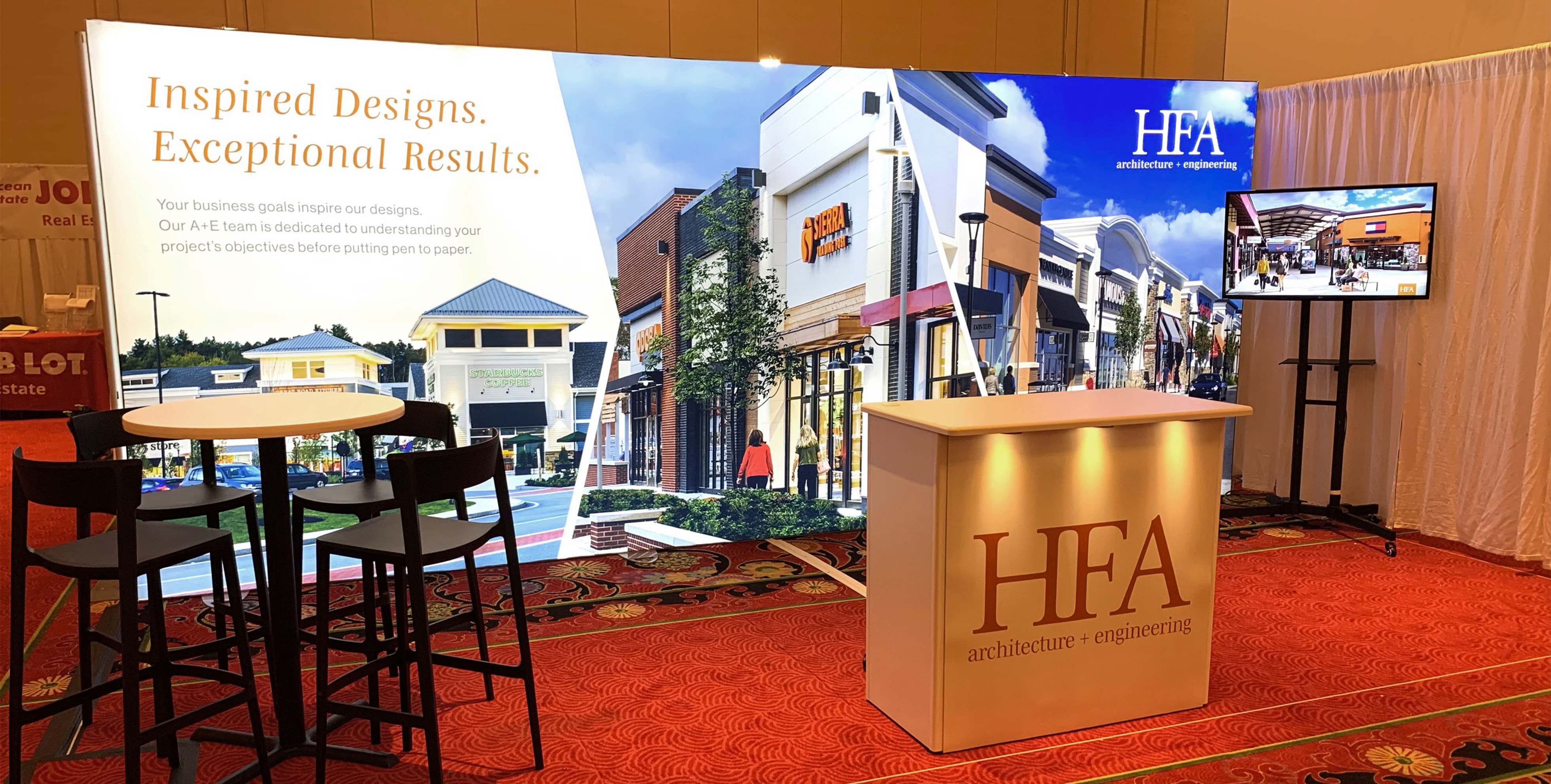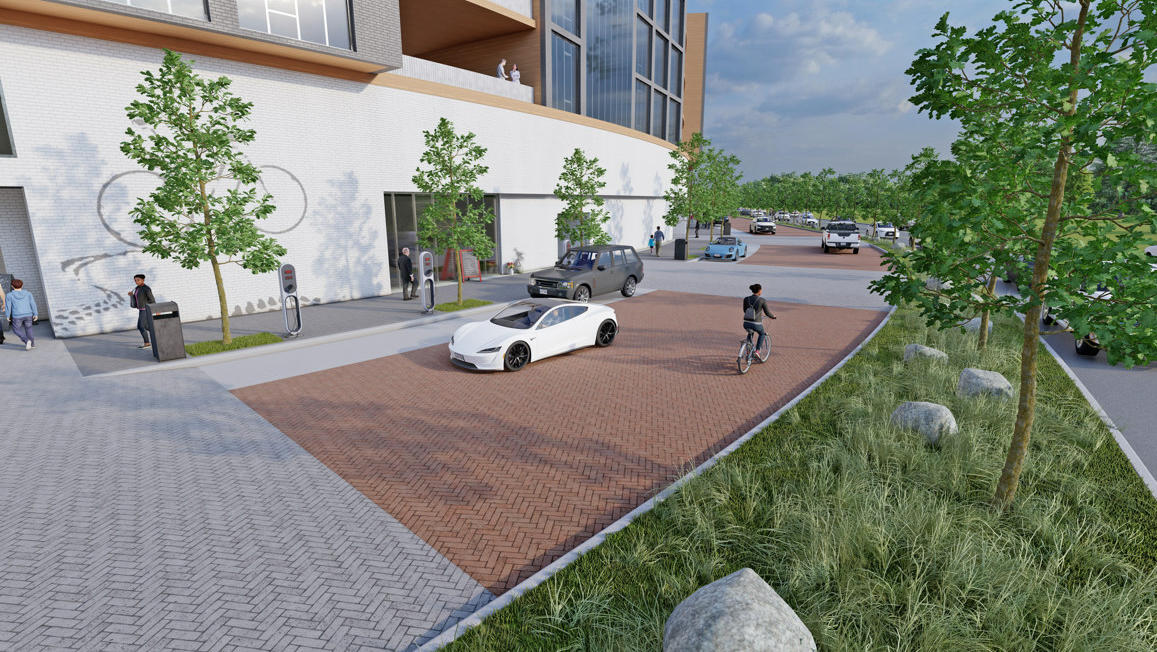Multifamily housing is on a tear, with about 500,000 new units coming online this year alone, according to the latest projections by the National Association of Home Builders. But the challenges in this sector are growing, too.
Start with the huge increases in construction costs of late. “Building materials prices increased 20.4 percent year-over-year and have risen 33 percent since the start of the pandemic,” NAHB noted in a March 2022 report.
Meanwhile, municipalities and consumers alike are demanding higher-quality product without sacrificing affordability. Finishes and amenities that were once the exclusive preserve of luxury housing are rapidly becoming the norm, even at the entry level.

The list includes:
• Open-design kitchens with stainless-steel appliances, tile or stone backsplashes, granite or quartz countertops, and open designs.
• Rooftop decks with the likes of cabanas, fire pits, outdoor lounge furniture and other amenities.
• Private outdoor spaces for residents, such as their own balconies or ground-floor patios.
• Outdoor common areas with dog parks, planters, barbecue grills, trail connections and bike racks.
Municipal officials are also clamoring for ground-floor retail and restaurants—a trend that is at least as old as the catchphrase “live, work, play.” And yet, because the data-driven real estate committees at top retail and restaurant chains are finickier than ever about site-selection, it is not always possible to secure national credit tenants for ground-floor spaces. Mom-and-pop alternatives can be a fit, but they are at greater risk of closure.
The net effect: “For Lease” signs are popping up in the windows of street-level spaces at some mixed-use developments. These vacancies can undermine the experience and translate into downward pressure on residential occupancy and rents.
Finally, the engineering requirements of these projects are growing more complex by the day. Around the country—but especially where concerns about climate change lead the political agenda, as in California, the Pacific Northwest, New England and the New York metro area—new standards are setting a higher bar for building engineering, systems and design.
That means clients may need to integrate solar panels, battery storage, fresh-air ventilation, unified heat pumps, drum-tight insulation, EV chargers and other technologies into these new projects. Great care must be taken to make sure these systems function efficiently and in full regulatory compliance, and an enormous amount of detail must be considered from the outset of the design process. Engineering, in other words, is now even more central to many multifamily and mixed-use environments.

Joining Forces
In recognition of both the challenges and opportunities in these sectors, in May 2022 HFA Architects and Engineers and LaFreniere Architects joined forces in a strategic alliance. HFA brings to the table its deep bench of architects, engineers and designers. Cambridge, Massachusetts-based LaFreniere Architects contributes the multifamily residential expertise of Principal and founder John LaFreniere, AIA, NCARB, a Harvard and Cornell graduate known for encouraging community-building and social interaction through experiential design.
The alliance has already been an immediate win-win for both firms, noted HFA’s Ed Damphousse, Client Partnerships Lead. “HFA has been able to rapidly accelerate its growth into the mixed-use and multifamily markets, with existing and new clientele, by elevating its expertise through its alignment with LaFreniere Architects,” Ed noted in a press release. “HFA provides LaFreniere with additional horsepower, integrated in-house engineering, and the ability to pursue larger projects in an expanded geography. Working together has been seamless and we are extremely excited about what the future holds for this collaboration.”
Much of the work flows through HFA’s 50-person studio in Franklin, Massachusetts. Services for clients in the multifamily residential and mixed-use sectors include:
• Full service architectural and interior design
• Development feasibility studies
• Site master planning and 3D-modeling
• Structural and MEP/FP engineering
• Permitting assistance
• Construction administration

Integrated Solutions for Impressive Outcomes
LaFreniere Architects takes an eclectic approach to suburban and urban multifamily housing and mixed-use projects. It is known across New England for borrowing best practices from hospitality, retail and other sectors to help developers enrich and enliven the experience of their projects. The goal is to bolster clients’ chances of winning RFPs, attracting tenants and visitors, and creating projects that are assets for their communities.
In the new alliance, the two firms are already huddling on ways to help clients solve problems and seize opportunities in these sectors. Traditionally, for example, the typical apartment lobby experience has been drab and solitary—little more than buzzing in, grabbing some mail and hitting the elevator. In many of its multifamily residential projects, LaFreniere aims for lobbies that are worthy of Hotel Indigo or Ace Hotel. This livelier approach gives these projects a competitive edge, generating additional traffic for ground-floor bars, cafés, shops and restaurants.
LaFreniere is also a strong advocate for unconventional public uses such as art galleries and rentable “maker spaces.” As John LaFreniere sees it, many community rooms at such buildings are underused in part because of their lack of visibility and ho-hum design. Why not make them feel more like co-working hubs in San Francisco or Seattle?
But offering luxury amenities can make it even more challenging for projects to pencil, which is why helping clients contain costs is such a strong focus of the new alliance. When architects and engineers collaborate from the outset, the open lines of communication lead to more accurate design and construction documents, fewer change orders and a faster process.
Indeed, LaFreniere works from a long playbook on containing costs while serving up in-demand amenities. “Something as simple as moving the stairs in from the ends of the building more toward the center can allow for smaller-sized roof decks, wraparound units with shorter corridors on the dwelling-unit floors, and open space on the roof for AC equipment,” the architect notes.
And while private outdoor spaces for individual units might sound like a budget-buster, LaFreniere takes creative advantage of the burgeoning trend toward prefabricated structures, such as balconies. These alternative amenities can be bolted right onto the building—once again yielding major savings while making the project more competitive.
Similar best practices are available in every engineering discipline. Starting in the earliest planning stages, these multidisciplinary teams convene to share success stories, understand how different parts of the project affect each other, and factor in emerging opportunities and constraints—everything from the popularity of outdoor dining to the additional weight of rooftop solar arrays. Members of the HFA/LaFreniere strategic alliance pursue clients’ goals in the full context of the building, site, market, community and pro forma. They treat these projects as business challenges, not just architectural ones.
Aksel Solberg, AIA, NCARB, is Development Design Studio Lead at HFA. His diverse portfolio includes residential, commercial, industrial and office buildings, as well as educational institutions, museums, houses of worship, and projects centered on historic preservation. The list includes OneUptown, Outlets of Little Rock, The Point, Outlets of Des Moines, Gloucester Crossing, and Rockin’ & Roastin’ Café, to name a few. Over the course of his 12-year career, Aksel has immersed himself in community and industry organizations, developing a talent for building trusting relationships with clients, consultants, and co-workers. A graduate of Boston’s Wentworth Institute of Technology, he brings his eye for detail and mastery of architectural design principles to every project.








.jpg)
.jpg)



